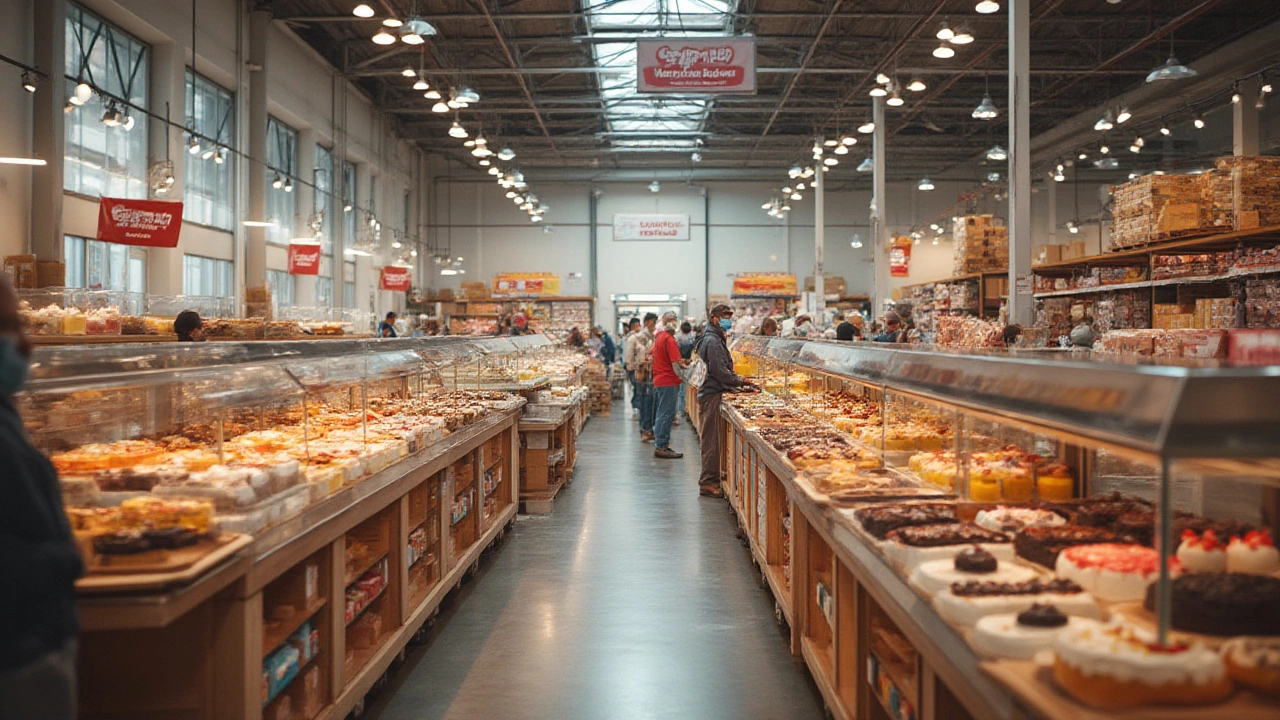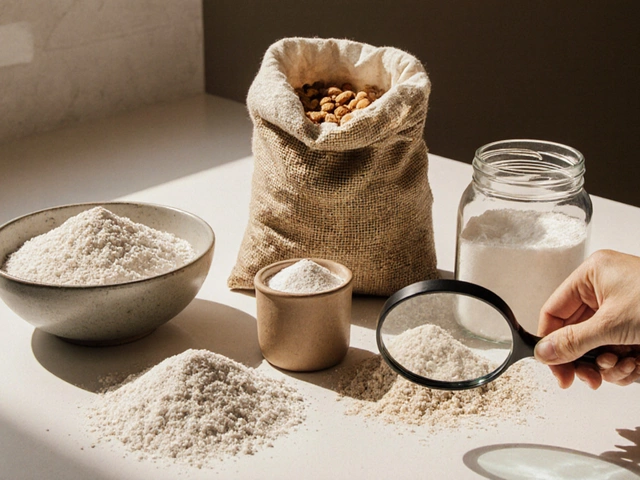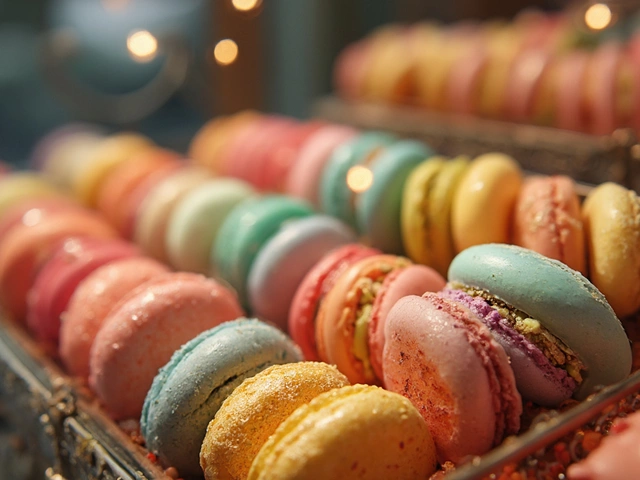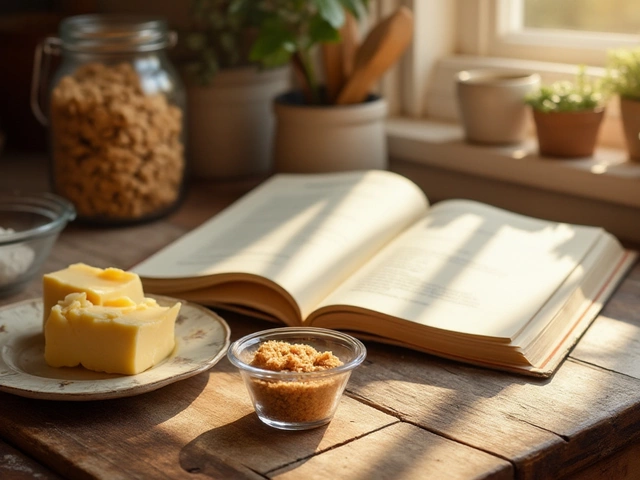Bakery Secrets: Real‑World Hacks for Better Cakes, Fudge, Cookies & More
Ever wonder why the bakery next door always nails their desserts? The truth is, they rely on a handful of simple tricks that anyone can copy. Below you’ll find the most useful secrets, broken down by dessert type, so you can stop guessing and start baking with confidence.
Fudge: From Grainy to Creamy Every Time
The difference between chalky fudge and melt‑in‑your‑mouth fudge is the temperature at the soft‑ball stage. Aim for 235‑240°F (112‑115°C). If you don’t have a candy thermometer, watch for a gentle boil and a tiny bubble ring forming around a spoon. Stir gently once you hit the target; over‑stirring after that makes the sugar crystalize into a grainy texture.
Altitude matters too. At higher elevations, add 1‑2°F (about 1°C) for each 1,000 feet you’re above sea level. That small tweak keeps the fudge from setting too hard.
Cookies: Why They Rise and How to Keep Them Chewy
Cookies rise because of leavening agents (baking soda or powder) and the steam released from melted butter. To get a puffier, chewier cookie, chill the dough for at least 30 minutes. The cold butter melts slower in the oven, creating more steam and a better rise.
Don’t over‑mix the batter. Once the flour is added, stop mixing as soon as the dough looks uniform. Over‑mixing develops gluten, which makes cookies tough instead of tender.
Gluten‑Free Cakes: Preventing the Sunken, Dense Disaster
Gluten‑free flours lack the structure that wheat provides, so you need a binder. Add a tablespoon of psyllium husk or xanthan gum per cup of gluten‑free flour. This mimics gluten’s stretchy network and stops the cake from collapsing.
Another quick fix for sunken cakes is to bake at a slightly lower temperature (around 325°F) and extend the bake time by 5‑10 minutes. The gentle heat lets the cake rise slowly without cracking.
Finally, don’t over‑beat the batter. Too much air can cause the cake to rise quickly, then fall when it cools.
Other Quick Bakery Hacks
• Eggless Cheesecake: Use a mix of silken tofu and lemon juice to replace the egg’s binding power. Blend until smooth, then follow your regular recipe.
• Birthday Cake Alternatives: Try a layered dessert bar made with crushed biscuits, mousse, and fresh fruit. It’s easier to slice and looks just as festive.
• Storing Brownies: Keep them in an airtight container with a slice of bread. The bread releases moisture, keeping brownies soft for days.
These bakery secrets aren’t magic—they’re small, science‑backed tweaks that remove the guesswork from baking. Try one or two in your next bake and watch the results improve instantly.
Ready to put these tips to the test? Grab your mixing bowls, set your thermometer, and start baking with confidence. The best part? You’ll keep surprising yourself (and anyone lucky enough to taste your treats) with bakery‑level results right from your kitchen.

What Makes Costco Cakes So Delicious? Secrets Behind Their Irresistible Taste
Discover why Costco cakes are so popular, the secrets behind their flavor, and tips for getting the freshest and tastiest treats from their bakery.
View More




